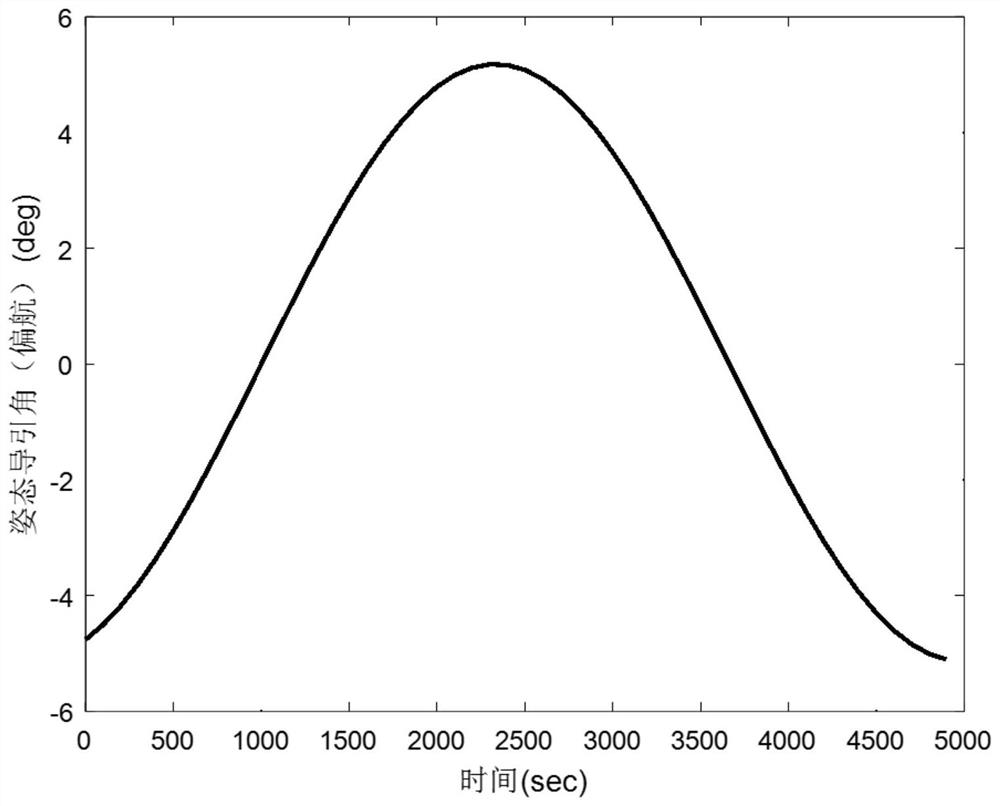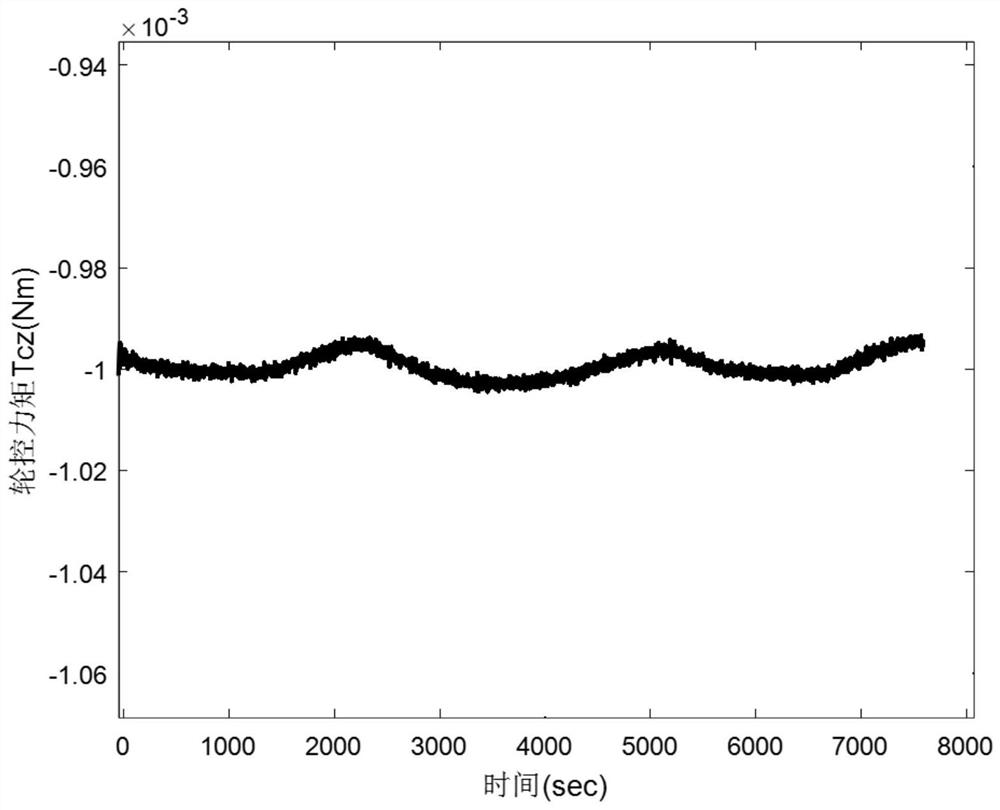Atmospheric drag torque compensation method and system for controlling attitude of ultra-low orbit satellite
A technology for orbiting satellites and atmospheric drag, which is applied to space navigation equipment, space navigation vehicles, space navigation equipment, etc., and can solve the problems of satellite orbit attenuation, satellite attitude, disturbance, etc., to reduce atmospheric resistance and drag moment, and low cost , good control effect
- Summary
- Abstract
- Description
- Claims
- Application Information
AI Technical Summary
Problems solved by technology
Method used
Image
Examples
Embodiment
[0035] 1) if figure 1 Shown, a kind of atmospheric drag moment compensation method and system of the present invention controls the attitude of ultra-low orbit satellites, according to the orbit parameters (semi-major axis a, eccentricity e, true anomaly f and earth center distance r), calculate and obtain Tangential linear velocity of satellite orbit
[0036]
[0037] and radial speed
[0038]
[0039] The linear velocity of the orbital motion under the satellite's own system
[0040]
[0041] where C BO is the satellite attitude matrix, μ=398600.5.
[0042] 2) Calculate the linear velocity of atmospheric rotation
[0043]
[0044]
[0045] in is the satellite geocentric distance vector, C BI is the inertial attitude matrix of the satellite, m is the correction coefficient, generally 1.0~1.5; ω e =7.2722051e -5 .
[0046] 3) Calculation of atmospheric relative satellite velocity
[0047] Consists of two parts: one part is the orbital velocity of the sa...
PUM
 Login to View More
Login to View More Abstract
Description
Claims
Application Information
 Login to View More
Login to View More - R&D
- Intellectual Property
- Life Sciences
- Materials
- Tech Scout
- Unparalleled Data Quality
- Higher Quality Content
- 60% Fewer Hallucinations
Browse by: Latest US Patents, China's latest patents, Technical Efficacy Thesaurus, Application Domain, Technology Topic, Popular Technical Reports.
© 2025 PatSnap. All rights reserved.Legal|Privacy policy|Modern Slavery Act Transparency Statement|Sitemap|About US| Contact US: help@patsnap.com



